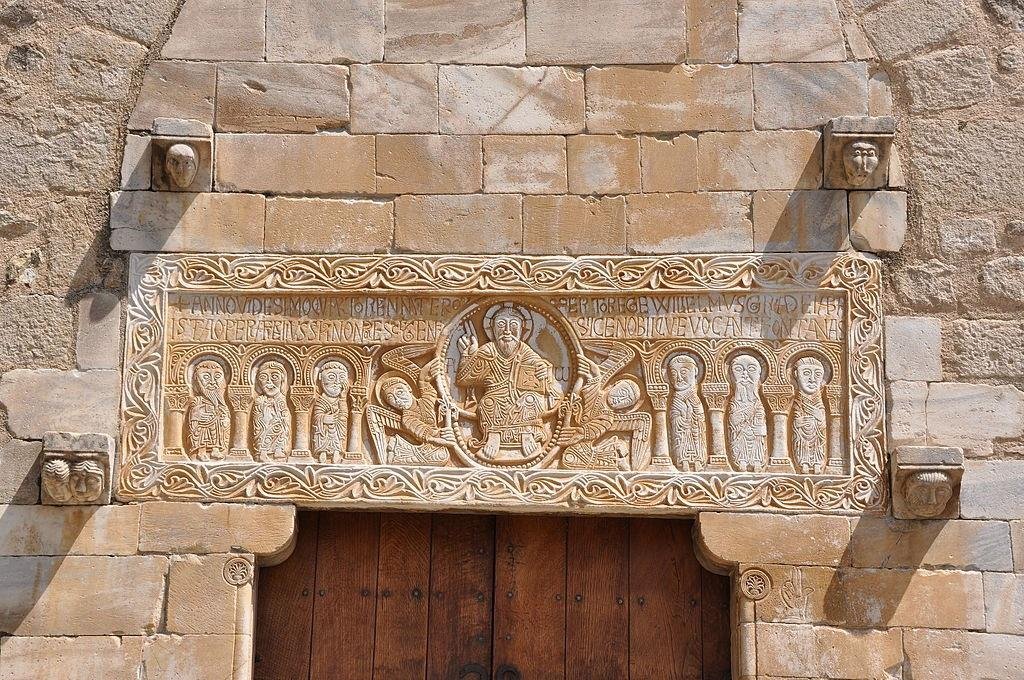In architecture, an architrave refers to the lowest part of an entablature, which is a horizontal structure that rests on top of columns or pilasters in classical architecture. The architrave is typically a plain, horizontal beam that spans the space between the columns and supports the structure above it, such as a frieze or cornice.

In ancient Greek and Roman architecture, the architrave was often elaborately decorated with relief carvings or moldings, such as the egg-and-dart or the dentil, to add visual interest to the structure. In more modern architecture, the architrave is often simplified and used in a more minimalistic fashion, but it remains an important element in traditional and classical design.





















